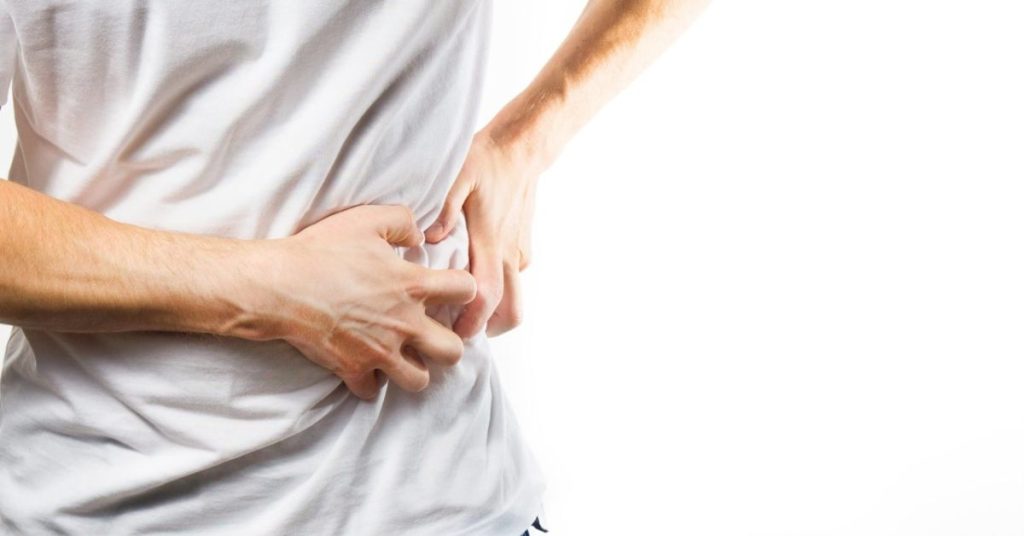Gallstone – Cholelithiasis: Causes, Symptoms & Treatment
Cholelithiasis, or gallstones, involves the presence of gallstones, which are solid accumulations that form inside the gallbladder. The gallbladder is a small, pear-shaped organ located in the upper right abdomen, below the liver. Its main role is to store bile, which is a fluid produced by the liver to help digest fats and absorb important fat-soluble vitamins. It is connected to the liver and intestine by small ducts called bile ducts, through which bile is transported.
A gallstone can be composed of insoluble cholesterol or of calcium and bilirubin. Gallstones can be as small as a grain of sand or as large as a golf ball. One or more gallstones are likely to develop. Gallstones develop due to a chemical imbalance in the bile within the gallbladder. In most cases, the levels of cholesterol, calcium, or bilirubin in the bile increase significantly. This excess then leads to the formation of stones.
Cholelithiasis Causes
There are several factors that increase the risk of developing cholelithiasis. These are female gender, age over 40 and family history of cholelithiasis. Other causes are obesity or being overweight, heavy alcohol consumption and smoking. Conditions such as diabetes, cirrhosis of the liver, bile duct infections, or medical conditions that cause too many red blood cells to be destroyed are blamed for a gallstone. Failure of the gallbladder to empty bile properly, which is more likely to happen during pregnancy, or taking birth control pills increases the risk of gallstones. Sudden weight loss from a very low-calorie diet or after weight loss surgery, eating a high-fat, low-fiber diet, and receiving intravenous nutrition for a long time all favor the development of gallstones.
Gallstones: Symptoms
The majority of people who have gallstones have no symptoms. These gallstones are often found on an ultrasound or CT scan done for other reasons and do not require treatment as the initial symptoms are usually mild. If symptoms occur, they include pain which usually occurs in the upper right side of the abdomen. The pain is often sudden and severe and may radiate to the chest, back or between the shoulders. Other symptoms include yellowing of the skin or eyes (jaundice) when gallstones block the passage of bile, fever, vomiting, nausea, sweating and bloating.
Cholelithiasis can cause significant complications for the patient. These include the development of inflammation in the gallbladder, which is called acute cholecystitis. This happens when there is a complete blockage of the gallbladder, caused by a gallstone. Symptoms include persistent severe pain and fever, and require immediate medical treatment with intravenous fluids, pain medication, and antibiotic therapy.
Another complication is choledocholithiasis, which can develop if one or more gallstones move from the gallbladder into the main bile ducts and block the area where bile exits into the intestine. This condition can lead to jaundice, acute cholangitis, which is an infection of the bile ducts that causes pain, chills and fever, and acute pancreatitis. Acute cholangitis is a life-threatening condition that requires immediate treatment.
Cholelithiasis Diagnosis
Gallstones are definitively diagnosed with an abdominal ultrasound to take images of the inside of the gallbladder, which are then analyzed to look for signs of gallstones. At the same time, endoscopic ultrasound is a procedure that can help identify smaller stones that may not be visible on an abdominal ultrasound.
Gallstones: Treatment
Treatment for gallstones depends on each individual case. If no symptoms appear, then waiting and regular monitoring is recommended. If symptoms have occurred, then surgical treatment is indicated. The operation performed in this case is the surgical removal of the gallbladder and is called a cholecystectomy. If there is an infection or acute inflammation of the gallbladder, this may need to be treated with antibiotics before the gallbladder is removed.
The gallbladder is not necessary for the functioning of the human body. If removed, bile is still produced by the liver and flows directly into the small intestine. The two surgical techniques for this operation include open and laparoscopic cholecystectomy. Laparoscopic cholecystectomy is less invasive and General Surgeons in Athens apply it more often than the open cholecystectomy technique, as it offers significant advantages to the patient post-operatively.


